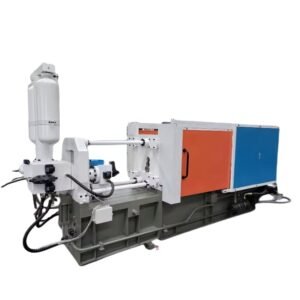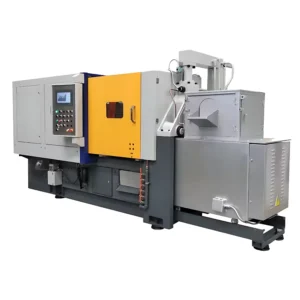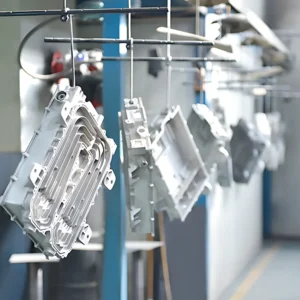Aluminum surface finishes refer to obtaining a new surface with more visual or functional appeal through various processes such as anodizing, spraying, polishing, etc. However, different surface finish methods are required for different occasions. This article will introduce the advantages of aluminum surface treatment and 9 types of processing.
Characteristics of Aluminum
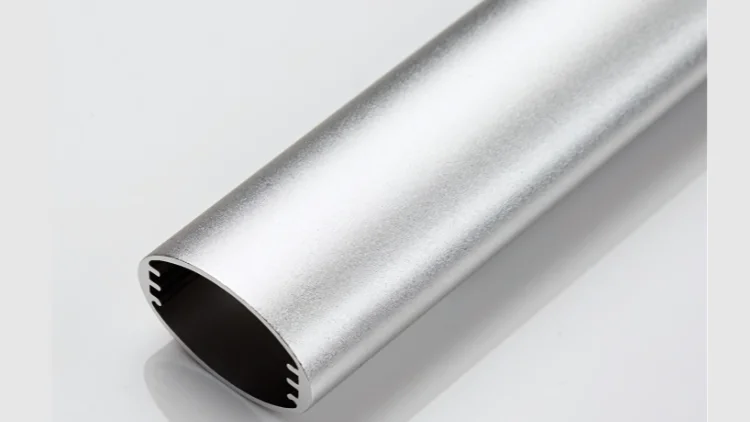
Aluminum is a lightweight metal with a density of about 2.7 g/cm³, which is roughly one-third the weight of steel. Despite its lightness, aluminum can be mixed with other metals to make it stronger. This property makes it versatile for various applications.
When exposed to air, aluminum naturally forms a thin layer of oxide on its surface. This oxide layer acts like a protective shield, giving aluminum a natural resistance to rust and corrosion. This is one reason why aluminum is commonly used in outdoor structures, such as window frames and outdoor furniture.
Another great feature of aluminum is its flexibility. It is highly ductile, which means it can be stretched into thin wires without breaking. It is also malleable, allowing it to be easily molded or rolled into thin sheets. These properties make aluminum a popular choice in industries ranging from automotive and aerospace to packaging and construction.
In everyday life, you can find aluminum in soda cans, kitchen foil, bike frames, and even in smartphones. Its combination of being lightweight, strong, and resistant to corrosion, along with its flexibility, makes aluminum an incredibly useful and practical material for a wide array of products.
About aluminum die casting.
Advantages of Aluminum Surface Finishes
Surface finishes for aluminum offer a variety of benefits:
- Finishes such as anodizing and powder coating provide additional protection against environmental factors, thereby increasing aluminum’s ability to resist corrosion.
- Finishes such as polishing and painting can significantly improve the visual appeal of aluminum products, making them suitable for decorative applications.
- Surface finishes can increase aluminum hardness and wear resistance, extending the life of the product. For example, electroplating deposits a thin layer of a harder metal, such as nickel or chromium, on the surface of the aluminum.
- Some processes, such as electroplating and polishing, can increase electrical conductivity and surface reflectivity, making aluminum suitable for special applications.
Related read: Stainless Steel Surface Finishes.
9 Aluminum Surface Finishes Methods
When considering aluminum surface finishes, if you don’t know which processing method to choose, here are several processing methods:
Anodizing
Anodizing is an electrolytic process in which chemicals react with aluminum to increase the thickness of the natural oxide layer on the aluminum surface. This method enhances corrosion resistance, and wear resistance, and allows aluminum to be colored.
For example, anodized aluminum has a 60% increase in corrosion resistance, allowing it to withstand more harsh environments. Making it an ideal choice for building and automotive materials.
Grinding
Grinding is the fine cutting of the aluminum surface by grinding wheels or abrasives with an accuracy of ±0.005 mm dimensional tolerance and a surface roughness of 0.1-0.2 microns. The grinding process removes tiny layers of surface material to achieve high precision and finish. It is often used as a pre-treatment before anodizing or painting.
Powder Coating
Workers apply a dry powder to the aluminum surface, which they then cure under heat to form a durable protective layer. This method, available in various colors and finishes, supports automotive, home appliance, and architectural applications. Powder-coated aluminum maintains its quality for up to 20 years without noticeable degradation, making it highly cost-effective for long-term use.
Bright Dipping
Bright dipping, or bright dipping, involves dipping aluminum into a chemical bath to achieve a mirrored finish. The process is often used for decorative purposes on products such as lighting fixtures and architectural elements. Bright-dipped aluminum is particularly popular in the electronics industry where a high gloss finish is required.
Painting
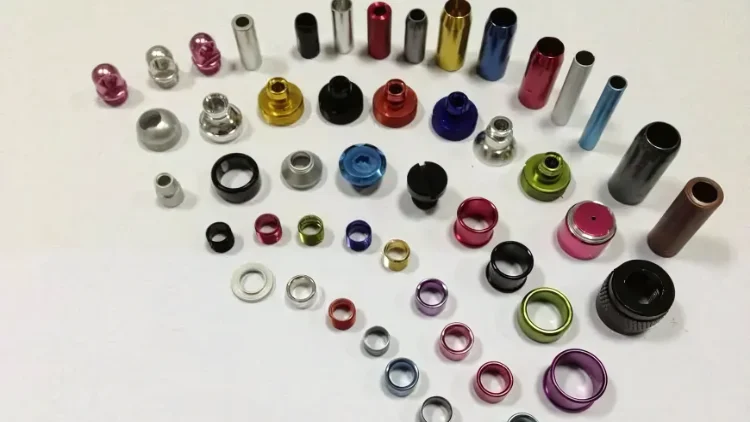
Painting aluminum involves applying a liquid coating to the surface, which can be air-dried or baked on. This method offers a wide range of colors and finishes and is often used in consumer products and industrial applications. Painted aluminum can retain its finish for more than a decade even in outdoor environments, making it a versatile choice for a variety of products.
Electroplating
Electroplating uses an electric current to deposit a thin layer of metal, such as nickel or chromium, onto the surface of aluminum. This treatment enhances corrosion resistance, hardness, and aesthetics, making it suitable for automotive and electronic components. Electroplated aluminum parts are often used in electronic devices due to their improved conductivity and durability.
Polishing
Polishing uses an abrasive material to create a smooth, reflective surface on aluminum. The process enhances the appearance and corrosion resistance of aluminum products such as cookware and automotive parts. Polished aluminum reflects up to 95% of visible light, making it ideal for applications that require high light reflectivity, such as lighting fixtures.
Sandblasting
Sandblasting is the process of advancing abrasive particles at high speeds through the surface of aluminum to clean and roughen the aluminum surface. This method improves paint adhesion and is used to prepare the surface for further processing. Sandblasted aluminum is often used in industrial applications to prepare the surface for painting or coating, ensuring better adhesion and durability of the final product.
Brushed
The brush creates linear scratches on the surface of the aluminum to create a textured decorative effect. This method is often used in aesthetic applications, such as electronics and Architectural components. The unique texture of brushed aluminum is valued for its modern, industrial look and is often seen in high-end consumer products and building materials.
Aluminum Surface Finishes Cost Analysis
The cost of aluminum surface finishing methods depends on the technology used, the equipment required, the cost of materials, and the processing time.
- Anodizing is moderately expensive, mainly due to the cost of the electrolyte (such as sulfuric acid) and the power consumption. However, it can significantly improve the corrosion resistance and aesthetics of aluminum, making it cost-effective for use in the construction and consumer electronics fields.
- Powder coating is low-cost and has the advantages of efficient use of paint, almost no waste, and no solvents, which reduces environmental disposal costs. As a result, powder coating is often used on outdoor furniture and household appliances to provide long-lasting protection.
- Electroplating is more expensive, mainly because the plating materials (such as nickel or chromium) are expensive and the electroplating process requires strict environmental control. Nevertheless, electroplating provides excellent corrosion resistance and aesthetics and is widely used in high-end electronic products and automotive parts.
- Polishing costs depend on the required finish, which is generally Ra (average roughness) 0.1 to 0.2 microns (µm). Polishing can significantly improve the appearance of the product, but it is labor-intensive and time-consuming, especially on workpieces with complex geometries.
- Sandblasting has low cost, simple sandblasting equipment, and low operating cost, but its effect mainly depends on the abrasive used and the required surface roughness and is suitable for surface pretreatment.
Summary
By reading the types and advantages of aluminum surface finishes such as anodizing, powder coating, electroplating, polishing, etc., you can find the right surface processing method.
If you still don’t know how to choose, you can contact us. We will respond to all your inquiries and consultations within 12 hours. With more than 20 years of experience in die-casting manufacturing and surface finishes, we can provide you with the results you need.

